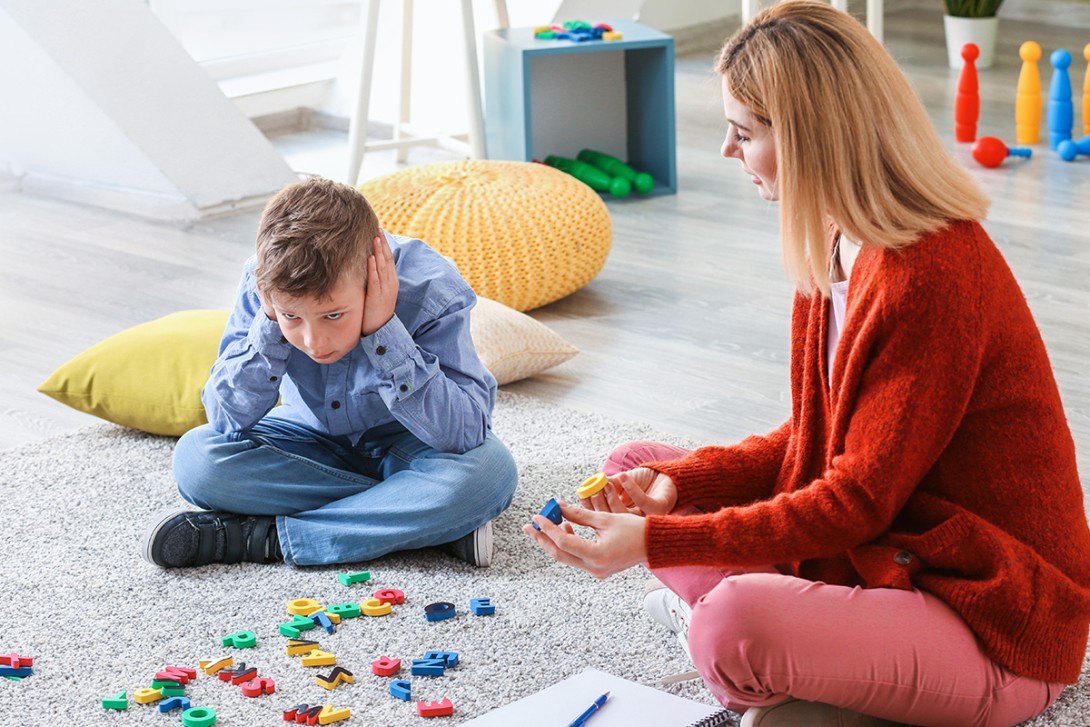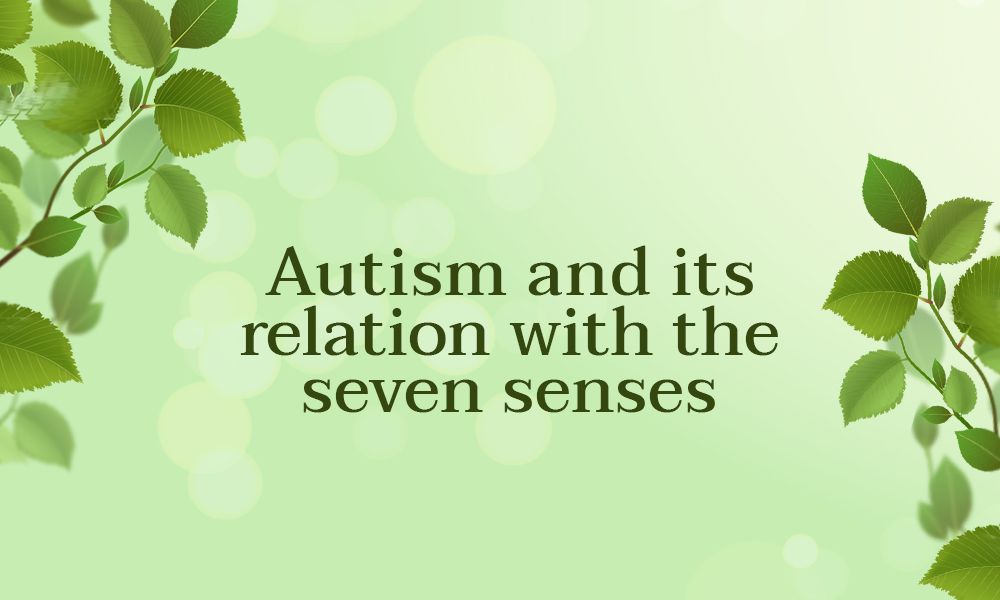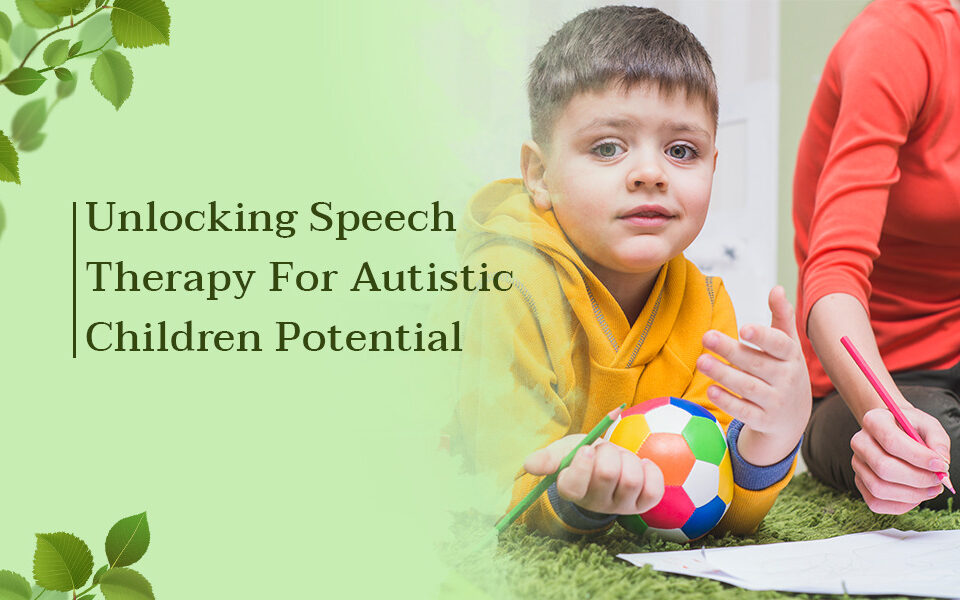- Jofa Tower 5th floor, SB-23, Block 13 C, Main University Rd, Gulshan-e-Iqbal, Karachi.
- +92 322 3746726
- tis@transformation.com.pk
Autism Spectrum Disorder (ASD)

What is Child Psychotherapy?
June 21, 2023
Autism Treatment
June 23, 2023What is Autism Spectrum Disorder?
Autism Spectrum Disorder (ASD) can be defined as a neurodevelopmental disorder of varying severity with persistent effects that can be diagnosed as early as childhood. It is primarily characterized by challenges with social interaction and communication as well as by constrained or repetitive thought and activity patterns.
What are the seven senses?
We all know that the human body possesses five basic senses: sight, hearing, smell, taste and touch. However, there are two more senses that play an important role in the way we humans function, called Proprioception (body awareness) and Vestibular (balance).
What is the relation between Sight and Autism?
People with Autism are either hypo-sensitive/under-responsive or hyper-sensitive/over-sensitive to sensory stimuli. Therefore, individuals with ASD who are under-responsive to sight struggle to increase their visual stimulation by showing increased fascination towards minute details which often go unnoticed by others, or may be attracted towards light, moving objects, or patterns instead of faces. To reduce anxiety, care takers can increase the child’s visual stimulation by using night lights while sleeping, colorful sticky notes for reminders or toys such as fidget spinners to enhance a child’s focus.
On the other hand, individuals with ASD who are over-responsive to sight face trouble in maintaining eye contact due to perceived cognitive overload of visual stimuli. As a result, children are unable to focus on a particular task, which may be mistaken for rude behavior. Here, being lenient towards eye contact and reduced lighting can help in managing the child’s anxiety.
How is Hearing related to Autism?
The sense of hearing relates to Autism because individuals with ASD often have atypical auditory processing, including hyposensitivity to sound, where the person needs extreme volumes of that sound e.g. TV to seek the required stimulation. People who are hyper-sensitive to sound may react furiously to noises such as drilling or balloon popping, and use headphones to block these sounds.
Furthermore, such individuals may also face Auditory Cluttering, difficulty in filtering and processing sounds, difficulty comprehending language (Auditory Verbal Agnosia) or a speaker’s tone (Tonal Agnosia). Therefore, one should use short and clear sentences in a normal tone/pitch so that it is easier for the child/adult to understand.

What is the relation between Smell and Autism?
The sense of smell and Autism are related as individuals with ASD who are hypo-sensitive to Smell attempt to increase their olfactory stimulation by seeking out strong smells, such as perfumes, herbs, etc., even sniffing people’s hair or skin. Here, caretakers can improve the child/adult’s olfactory stimulation by utilizing scented stationery, lotions and scented handkerchiefs with a preferred fragrance.
On the flip side, people with ASD who are hyper-sensitive to Smell may be overwhelmed even by ordinary smells as they are perceived as strong and overbearing, thus exhibiting unusual behaviours to avoid that smell such as refusing to eat certain foods or going to certain places. In this case, using fragrance-free products, tissues for covering the nose and opening windows for ventilation may help in reducing anxiety.
How is Taste linked with Autism?
People with Autism exhibit varying behaviours when it comes to Taste, as some prefer only one of the four groups of sweet, salty, sour and bitter, while others tend to eat foods of a particular temperature, color or texture. Individuals with ASD who are hyposensitive tend to pick, taste or eat very spicy food and/or non-edible substances such as grass in order to gain gustatory stimulation.
However, Individuals with ASD who are hypersensitive are unable to tolerate tastes and flavors, thus they only consume food which is tolerable for them. Also, since they may be put off by certain odors, their preference for food is limited to certain appearance, texture and taste.
Some tips to reduce anxiety include introducing new foods which are similar to the person’s preferred texture/appearance, give a small piece of the “new food” near the person’s plate and gradually increase the quantity of the food until he/she can adapt and is in habit of eating that food.
What is the relation between Touch and Autism?
Autism can be related to the sense of Touch as people with ASD are either Touch Seekers or Touch Avoiders, where the former indicates a need of a high pain threshold, thus indulging in self-injuring behaviours to gain tactile stimulation, while the latter refers to the avoidance of tactile stimulation, such as other people touching and avoiding getting messy by brushing and showering and may even find some textures uncomfortable. For hypersensitivity, one can remove any tags/labels from clothing in order to manage the person’s discomfort towards tactile stimuli while hyposensitive people would be better off wearing fitted clothing to increase tactile stimulation.

How is Proprioception related to Autism?
Autism can be linked with Proprioception as individuals with ASD who are under-responsive to Proprioception tend to increase their sensory stimulation by banging on objects, excessive physical activity such as stomping and enduring deep pressure such as tight hugs. On the contrary, those who are over-responsive to Proprioception find it challenging to understand where their body is in relation to other objects and regulating pressure, thus they bum into others, drop items and struggle with writing as the paper tears up with the intense pressure applied to it. Therefore, it is recommended to consult an Occupational Therapist to help manage these issues.
What is the link between the Vestibular sense and Autism?
Vestibular sense relates with Autism as people with ASD who are hyposensitive to Vestibular sense seek more body movement to make up for the lack of stimulation, thus indulging in activities such as rough and tumble play and fairground rides. In this case, all types of movement in moderation such as dancing, bike riding and swimming can help ease the stress. Conversely, those who are hypersensitive to Vestibular sense often feel nauseous, which can be troublesome for autistic people if they don’t know what is causing it and are unable to express their feelings. Here, the child/adult can be trained to tolerate movement through mild actions like swinging and mild rocking, which can also aid in alleviating an over-stimulated vestibular system.




